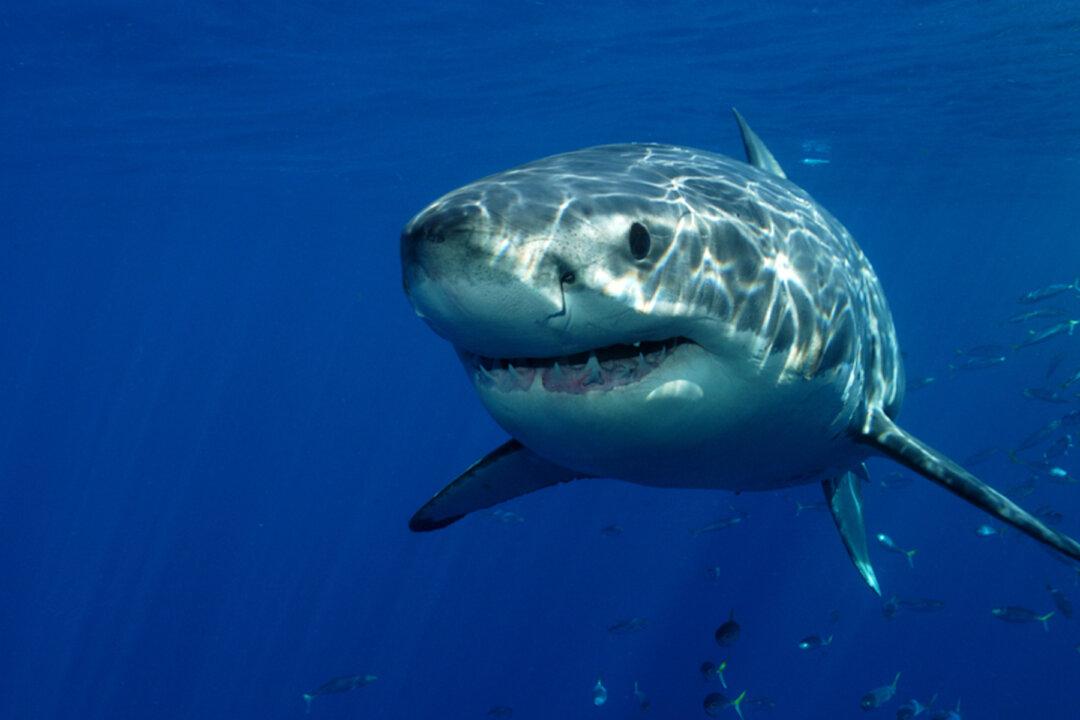The longest running record of human-shark interaction in Australia is now accessible online, detailing over 1,000 shark encounters that have occurred Down Under over the past 230 years.
Formerly known as the Australian Shark Attack File, the Australian Shark-Incident Database (ASID) will assist scientists to identify patterns and links between shark attacks and environmental, biological, or social factors.





